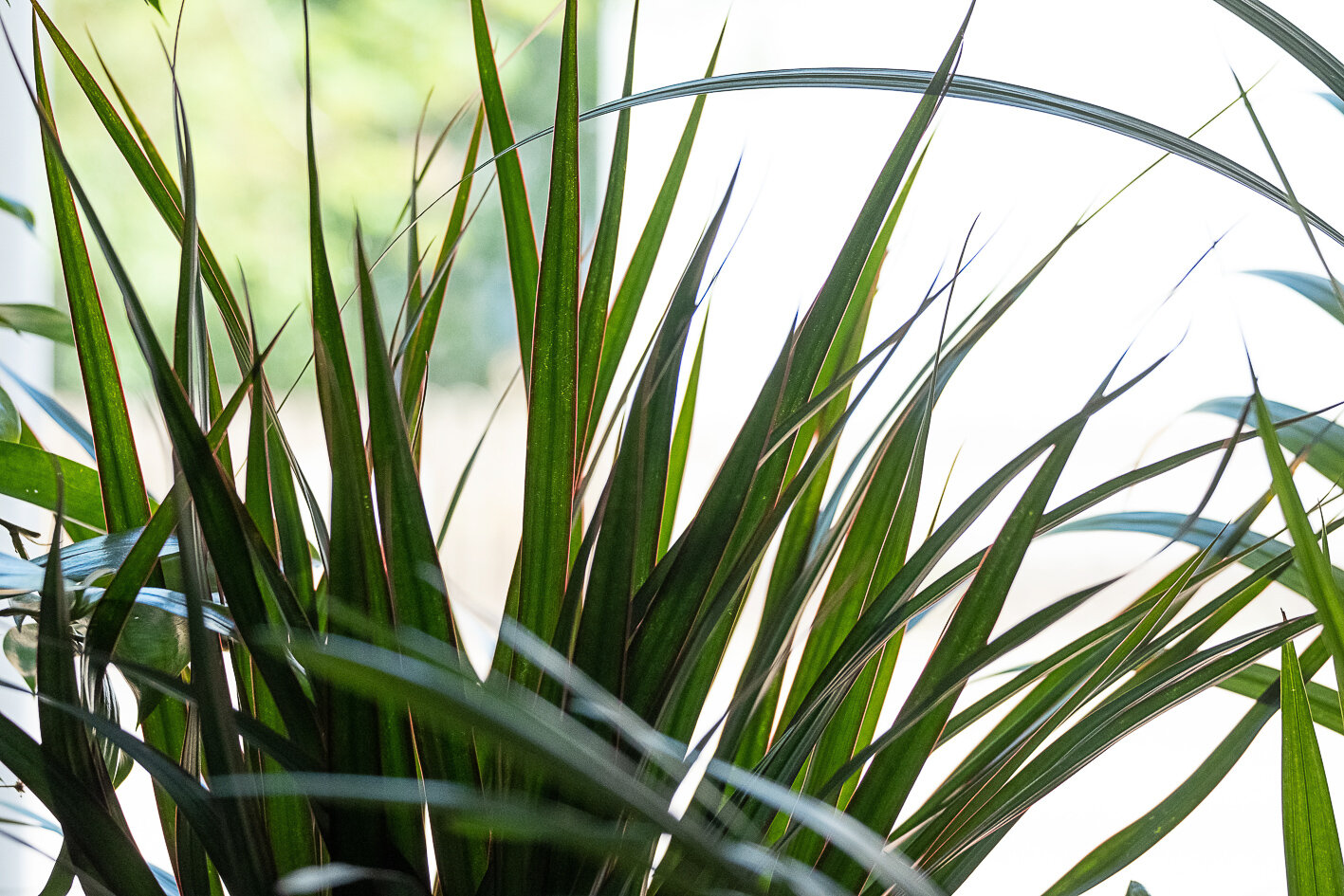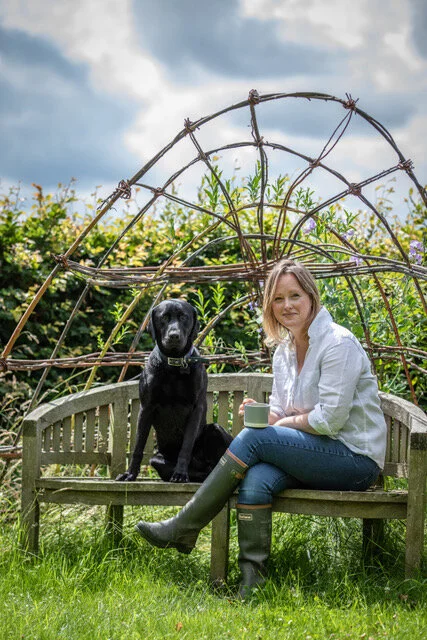Did you know for every £1 you spend on even simple Biophilic Design enhancements, you could get £2.70 back? So reveals the new research conducted by Joyce Chan Shoof Architect and Sustainability Lead at the UK Parliament.
Using a scientific approach with control environments, adding biophilic design elements to test the effect and then removing them to further test the effect of their absence, Joyce explains the rigorous approach she took over a seven-year period to arrive at her conclusion.
This is a phenomenal breakthrough for those of us working in Biophilic Design.
You can read the whole report here: https://plplabs.com/reap-what-you-sow-2/
And come and see Joyce present the research in person at Workplace Trends in London on the 18th April 2024 https://workplacetrends.co/events/wtrs24-prog/
We often have struggled trying to articulate the economic benefits of Biophilic Design, this research can be used to support arguments why businesses need it in the workplace.
Joyce has also developed a framework to help designers work out what we need and the impact it will have. Using existing frameworks, like the Flourish model (as advocated by Professor Derek Clements Croome) and others, she has woven a great new model we can all hang our designs on…. READ ON and LISTEN TO THE PODCAST




















